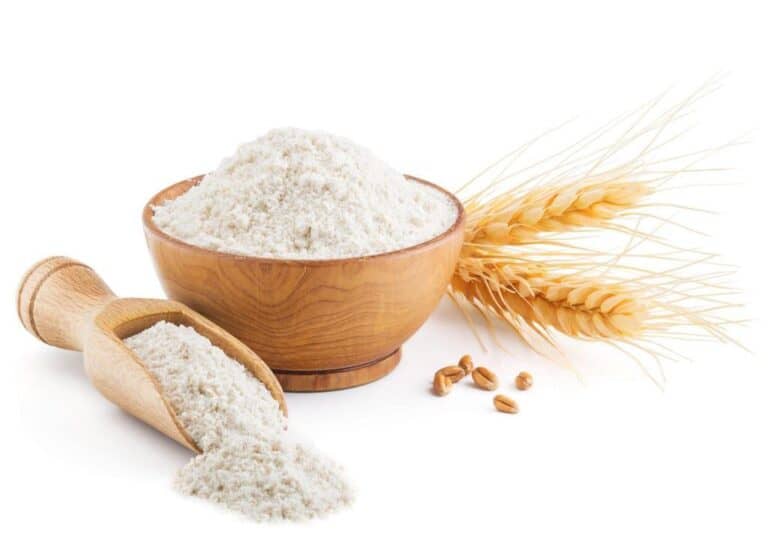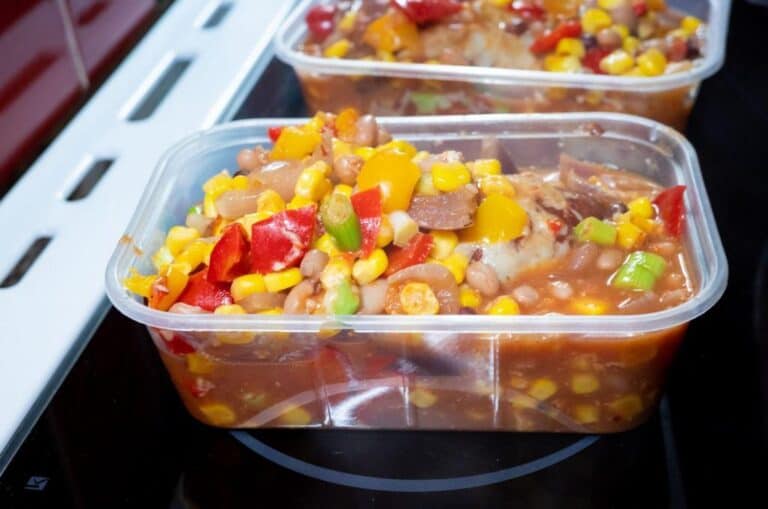Why Is Yeast Not Foaming? Active Dry & Instant Yeast Not Bubbling
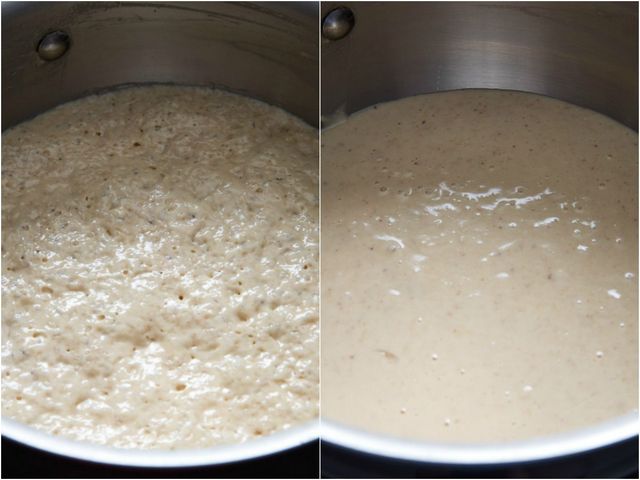
Yeast is a crucial ingredient for baking bread and many other recipes. Without it, these dishes would not be the same.
However, sometimes bakers experience problems when their yeast does not foam during use. This can be a source of frustration and a cause to worry that your bread-making endeavours have been ruined.
Are you struggling to get your yeast to foam up? In this post, we’ll talk about the science behind why yeast foams and look at some common reasons why yeast doesn’t foam.
We will also discuss the difference between active dry yeast and instant yeast. This includes the impact of using dry active yeast versus instant yeast. In addition to that, we make some recommendations for what to do if your yeast is not foaming.
What Is Active Dry Yeast?
Active dry yeast is a type of yeast that is commonly used in baking. It is a dried form of yeast that is sold in small packets or in bulk. Active dry yeast must be dissolved in water before it can be used.
Making active dry yeast involves culturing a strain of yeast in a nutrient solution. It is made from a combination of Saccharomyces cerevisiae and other microorganisms. The yeast cells are then harvested, washed, and dried. Active dry yeast has a longer shelf life than fresh yeast and does not need to be refrigerated.
Active dry yeast is more reliable than fresh yeast and produces consistent results. It is the best type of yeast to use for breadmaking.
This yeast eats sugars and starches, and as a result, it gives off carbon dioxide, gas, and alcohol. When added to dough, active dry yeast helps cause it to rise and gives it flavour. It’s then converting sugar into carbon dioxide gas and alcohol.
Active dry yeast in individual packets or glass jars is the most common type of yeast seen in food shops. Instant dry yeast is a brand of active dry yeast that comes in powdered form.
This store-bought yeast is inactive until warm water activates it. It lasts longer when sealed and stored at room temperature than blocks of fresh yeast. Active dry yeast can be stored at room temperature for up to two years, making it a popular choice for bakers.
What Is Instant Yeast?
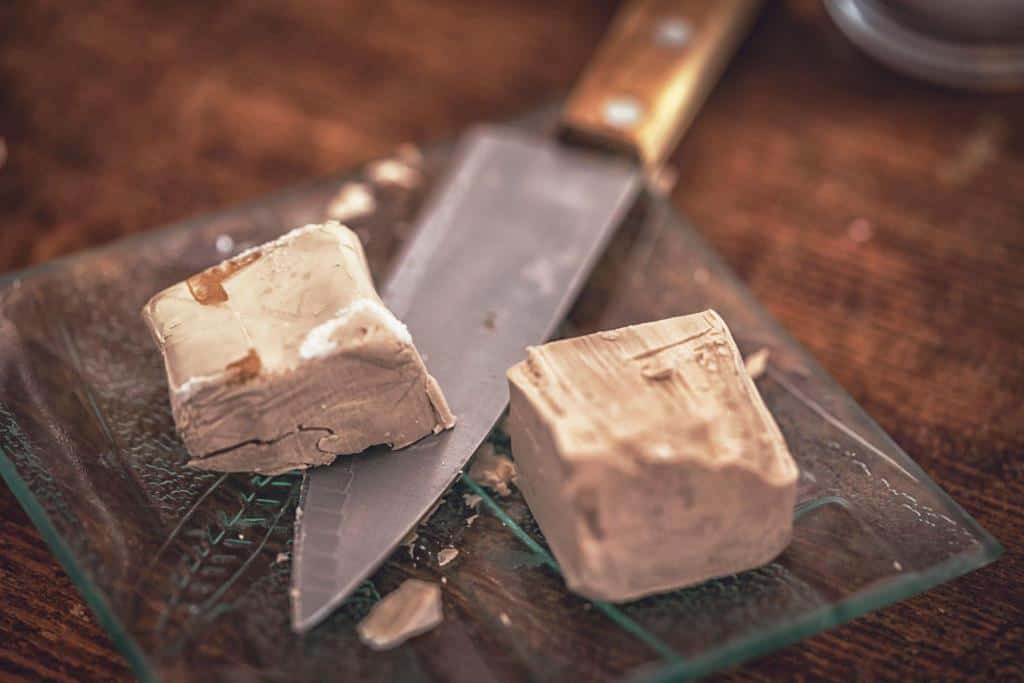
Instant yeast is a compressed form of yeast that has been dried and then compressed into a cake. It is also known as fast-rising yeast, rapid-rise yeast, or instant active dry yeast.
Instant yeast is made up of small, dehydrated granules that can be rehydrated with just a small amount of water. This type of yeast is designed to be used in bread machines and doughnut machines as it requires kneading to activate.
Instant yeast is guaranteed to be 100% active, so you can use it right out of the package. Its behaviour stays the same over time because of the unique way it is made, especially in the case of dry active yeast. Because the grains of instant yeast are so small, they dissolve quickly in the water in the dough, so you don’t have to rehydrate it.
Instant yeast is stable and can be kept for a long time, so you can buy it in large quantities without worrying about it going bad. This makes it much cheaper than the small packets of active dry yeast you can buy in stores. |
What Is the Difference Between Active Dry Yeast and Instant Yeast?
Instant yeast is a type of dry yeast. It’s also called fast-rising yeast. You can add it directly to flour. You don’t have to dissolve it in water like active dry yeast. It typically contains about three times the amount of leavening power as active dry yeast, so it can help your dough rise faster. Instant yeast is available in both granulated and cake formats.
Active dry yeast is the most common type of yeast used in breadmaking. It must be dissolved in warm water before it’s added to the dough. Active dry yeast has a longer shelf life than instant yeast and can be stored at room temperature for up to six months.
Please see the table below for a summary of the differences between active dry yeast and instant yeast:
| Active Dry Yeast | Instant Yeast | |
|---|---|---|
| Apperance | Granules | Fine Granules |
| Stability | highly perishable | extremely stable |
| Activation Time | 10-15 minutes | None |
| Expiration | Several days/weeks | Several years |
| Potency | Inconsistent | Consistent |
| Temperature | Easily damaged by liquids above 115°F (46°C), which is crucial to consider when trying to activate the yeast. | Tolerant of temperatures up to 130°F (54°C) |
| Suitable | Recipes require more than one rise | Cold proofed dough |
| Use in recipes | Must be dissolved in water before use | Can be mixed directly into dry ingredients |
| How to use/activate | Activate according to the instructions on the package, substituting extra milk or water for some of the milk or water called for in the recipe. | Immediately incorporate the dry ingredients. Add any proving ingredients (warm water, sugar) to the dough with the other liquid ingredients. |
Can You Substitute Instant Yeast for Active Dry Yeast?
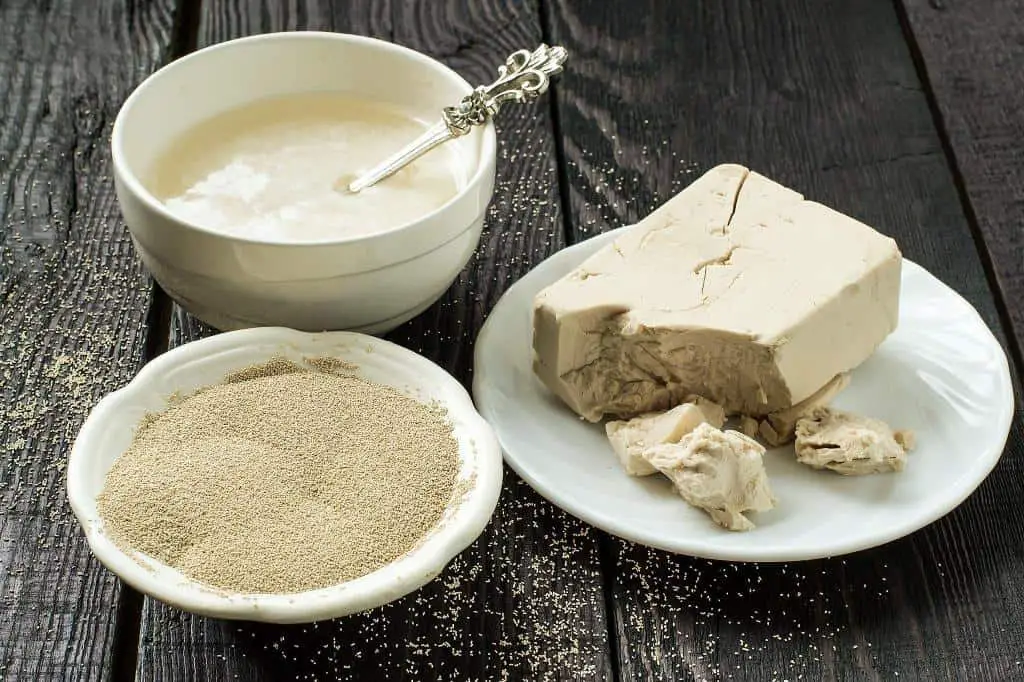
In most cases, active dry yeast and instant yeast can be used interchangeably. You can substitute dry yeast for fresh yeast. If a recipe calls for instant yeast and you use active dry yeast instead, the rise time may need to be increased by 10 to 15 minutes. You might also have to knead the bread dough longer to activate the yeast.
Reduce the rise time by 10 to 15 minutes if a recipe calls for active dry and you use it quickly. Aside from that, there are no alterations that need to be made to the recipe.
Why is Yeast is Not Foaming: What to Do?
If the yeast is not foaming as expected, while making bread or a sweet dessert, it’s a sign. It means you should get new yeast or try to activate it with warm milk. There are several possible explanations and solutions for this issue.
- First, check the expiration date on the package of yeast and make sure it hasn’t expired. If it has expired or been stored in a warm place for too long, then there’s no point in using i;– buy some fresh yeast instead.
- Another explanation could be that you used warm water when mixing the ingredients together. So, try again with cold water.
- You may be using more sugar than you should. You must try again, but this time add just a little bit of sugar for taste.
- Lastly, avoid stirring aggressively when combining dry active ingredients with wet ones since vigorous stirring can damage the structure of the cells within the yeast granules, which prevents them from bubbling properly.
A lack of foam or only a few bubbles or foam after about 5–10 minutes could indicate a number of things. If you don’t see any bubbles or foam, your yeast might be inactive, old, or just not suited for the recipe you’re using.
In any case, it’s best to start over with fresh ingredients rather than trying to salvage a batch of dough that might not rise. You don’t want to add another yeast from the same pack or add ingredients to your dough with no result.
You could also use a dough that doesn’t need yeast, like flour tortillas, or leaven cookie dough with baking soda or baking powder.
Proofing the Yeast, How to Do It?
Proofing the yeast is the process of determining whether the yeast is still active and viable for use in baking. It is an important step in making bread because dead or inactive yeast won’t be able to raise the dough and give it the right texture and shape.
To proof the yeast, you will need to combine it with a liquid, such as water or milk, and a small amount of sugar. The yeast will eat the sugar and turn it into carbon dioxide gas. This will make the mixture foamy and bubbly. This indicates that the yeast is active and can be used in your recipe.
Proofing the yeast is a simple and quick process that can save you a lot of time and frustration in the long run. If you skip this step and use inactive yeast in your recipe, your bread or other baked goods may not rise properly or have a dense and heavy texture.
Proofing yeast is simple. It only takes a few components: warm milk, sugar, and dry active yeast. They activate the yeast.A sachet of yeast, 1/4 cup warm water, and 1 teaspoon sugar are all you’ll need. To combine them, use a bowl or a 1-cup liquid measuring cup. The warm water’s temperature is critical—it should feel lukewarm. If you want to take a temperature reading, make sure it’s between 100 and 110 degrees Fahrenheit (40 °C). Your yeast will die if the water is too hot.
Then, wait 10–15 minutes to see if the yeast begins to foam. If it does, then the yeast is alive and active, and you can proceed with making your bread. If there is no foam, then the yeast may be dead, and you should start over and activate fresh yeast.
There are a few factors that can affect the viability of yeast, such as its age, storage conditions, and the temperature of the liquid used in proofing it. Most of the time, it is best to use fresh yeast and store it in a dry, cool place to get the best results. If you are unsure whether your yeast is still active, it is always a good idea to proof it before using it in your recipe.
Conclusion
The key to making successful bread is to use the correct yeast for the bread you want to make. Some yeasts produce a lot of gas and release it very quickly; others produce less gas but continue to be active for a much longer time. You can tell the difference by looking at the yeast’s flocculant or “chunky” appearance, especially if you use instant yeast which tends to have a more granular texture.
It is important for home bakers and you to understand what type of yeast to choose based on your needs and recipes. Using the incorrect yeast will have a significant impact on your bread.
In conclusion, if your yeast doesn’t foam, it may be because it is inactive dry yeast or instant yeast; it’s a clear indication that the yeast is no longer viable. To fix this, you can proof the yeast by dissolving it in warm water and adding sugar. If the mixture does not foam after 10 minutes, the yeast is most likely dead, and you should start over with a new packet.
There is just one answer to the question of what to do if the yeast fails to foam: discard the yeast and do not combine it with the other components because the yeast won’t foam, indicating it’s probably inactive.
FAQ
Does yeast require warm water for activation?
Proofing with active dry yeast requires water temperatures of 105 to 110 degrees Fahrenheit. While 95 degrees Fahrenheit is the optimal temperature for yeast growth, it isn’t yet warm enough for proofing active dry yeast. It requires the additional heat to dissolve and activate.
Will active dry yeast work even if it doesn’t bloom?
Active dry yeast requires a warm liquid to get “activated,” as it stays dormant. Instant yeast, also called quick-rise or rapid-rise yeast, doesn’t need to “bloom” or be activated before it can be used. It just gets mixed in with your dry ingredients and is ready to use as-is.
What should not be mixed with yeast?
Salt stops yeast from growing. The trick is to avoid exposing the yeast to salt. This means that you can add sugar and oil when you “proof” your yeast by mixing it with water to wake it up and make the dry yeast work— but not salt.

